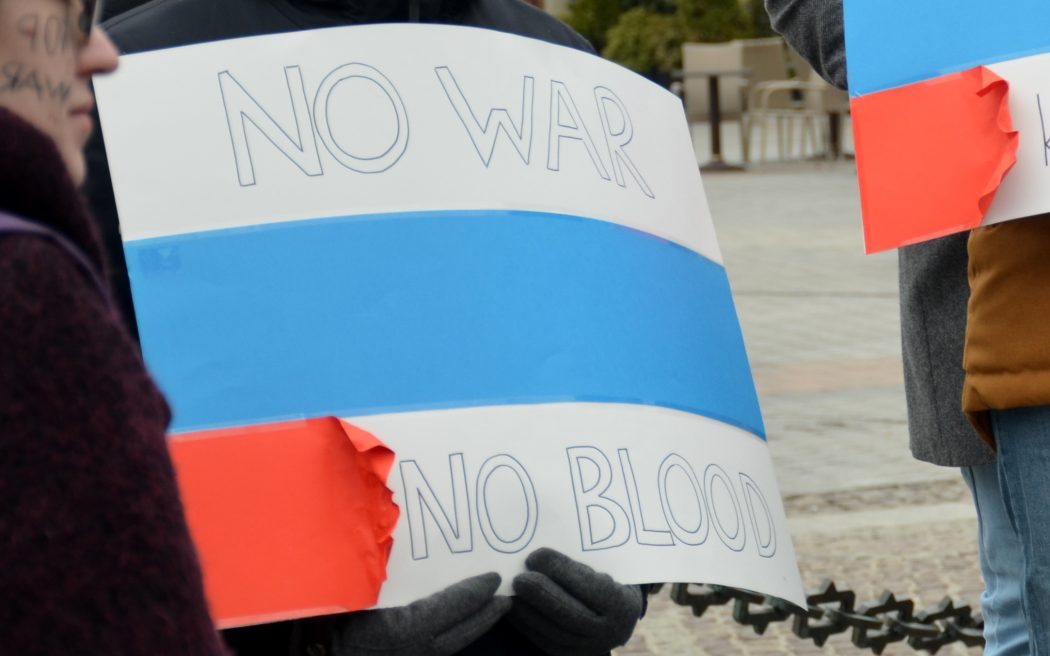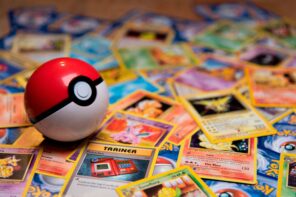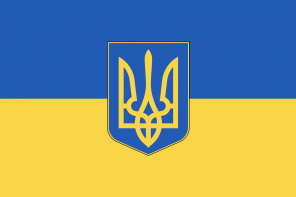When the Black Death ravaged Western Europe in the 14th century, many states throughout the region began to lose their traditional sources of legitimacy and revenue. While by no means a mandate-of-heaven society, medieval people expected safety, nourishment, and the support of institutions just as we do today.
Lacking the ability to provide these, leaders turned to violence, repression, and mass hysteria in order to direct their populations’ ire elsewhere. Throughout the Holy Roman Empire (much of today’s Central Europe), massacres against Jews reached a fever pitch not seen again until the 19th century. Civil authorities aided and even ordered such brutality; almost a thousand were burned in Strasbourg and all Jews were permanently banned.
Following suit, Hungary expelled its Jews in 1360, Bern in 1392, and Austria in 1420. Leaders were not toppled, but peaceful communities throughout Europe were destroyed to prevent that very outcome. In Moscow, another plague—originated from the trenches of the war against the Ottomans—had made its way up to the capital and begun to sweep through the crowded and dirty city. While the ruling class upped and left, the Tsar sent in soldiers to enforce strict quarantines and destroy contaminated property without compensation. It seemed there was nobody to blame but the representatives of the Russian people themselves.
Following this, a massive riot defeated a military unit and even overtook the Kremlin for some time. They killed the archbishop of Moscow and eventually negotiated for more humane disease-control measures and an adequate supply of food. In the absence of an easy target towards which the population could be rallied, the target of popular outrage became the ruling class.
COVID-19 has rocked already under-funded and fragile Russian healthcare capabilities to their core.
Today, in cities and towns throughout Russia, there seems to be an eerily familiar riotous spirit sweeping through the population. Even as a country of nearly 150 million inhabitants, with the second-largest military on Earth, and which contains critical natural resources in almost incalculable quantities, its government has utterly failed its people.
While obviously in no way comparable to the brutal plagues of centuries past, COVID-19 has rocked already under-funded and fragile Russian healthcare capabilities to their core, as Russia is by some estimates the country that has seen the worst death toll.
The economy has been devastated even pre-invasion and pre-sanctions, and unlike with many other nations, this government has not been given the benefit of the doubt. “Trust in President Putin fell by 10% between January and May, exceeding declines seen during the global financial crisis of 2008–2009,” writes Paul Chaisty, a scholar of post-Soviet Russia. The economic effects from COVID-19 have been relatively moderate in Russia in terms of GDP, but working-class people in particular—as is usually the case in hardship—are bearing the brunt of Russia’s mismanagement.
Russia’s political and economic stagnancy frustrates the population, and Vladimir Putin is well aware that blame and attention must be shifted if he seeks to maintain power. Leaders who face health crises at home often use the existential rage created by such conditions to their own ends, but in this case, it may be simply to avoid a storming of the Kremlin.
In an authoritarian system, “legitimating strategies—so far as these exist—may be much more connected with outcomes than with process,” writes Chaisty. While COVID-19 has been a losing battle for the Russian political establishment (indeed, it has no positive outcomes per se), it seems that a war with Ukraine may have been a gamble to increase a faltering legitimacy. Putin has already attempted to shift blame for his government’s complete mismanagement of this crisis onto regional authority, and his invasion of Ukraine seems partially like a prop to his government’s veneer of competency. An “easy” victory would be a positive outcome for his regime.
If Putin’s war hits the Russian working class, and even the Russian oligarchy, hard enough, there may be no amount of propaganda that can gloss over the cascading crises facing the nation.
After years of deteriorating trust, the Russian population has yet to see most of the supposed fruits of autocracy and cracks are beginning to show. While Russia’s situation has certainly improved dramatically since the dark days of the 1990s, Putin gambled that a disintegrating health system and economic stagnation inimitably tied to one another could be obscured not with a speech, but with bombs. Ironically, he may be taking the country right back to the much-feared standard of living present at the start of his government.
This course of action is so transparently horrifying, however, that even a constantly propagandized, traumatized Russian population doesn’t seem to be buying it. One need only look at the massive protests that have sprung up in Russia following Putin’s horrific invasion of Ukraine. Thousands risked their lives to publicly defy Putin, with many prominent Russians speaking in a rare display of shock and disgust.
But is this a direct consequence of COVID-19? We cannot, of course, know this because COVID-19 is often seen in Russia as an every-one-for-themselves affair. Maria Volkenstein, a marketing researcher interviewed in the New Yorker, claims that “here is not a feeling that we are living through a tragedy all together, but rather that each person is solving things for him or herself.”
This state of affairs in and of itself, however, is indicative of a population that doesn’t seem to be looking to their autocrat for solutions anymore. If Putin’s war hits the Russian working class, and even the Russian oligarchy, hard enough, there may be no amount of propaganda that can gloss over the cascading crises facing the nation.
Ukraine is geopolitically important for any regime based in Moscow, and certainly the innumerable articles explaining this are not wrong. The collapse of the Soviet Union, and with it Russian living standards, are all historical factors which resonate with Russians and feed some of the population’s support of their dictator and his invasion. Indeed, many Russians view this invasion as a simple return to a wrongfully-deprived status quo. However, what this analysis fails to take into account is the acute crisis of trust COVID-19 has caused in Russia, and how that feeds into the timing and violent desperation of this invasion. When it comes to the present war in Ukraine, perhaps there has been too much ink spilled concerning the particulars of the strategic vitality of narrowing the North-European plain, and not enough concerning Putin’s abysmal domestic social policies.
The Ukrainian army and population are certainly not prepared to surrender an inch to Russia without making them pay for it in blood.
Putin gambled that a relatively painless surprise invasion would make his people fall in line, but that doesn’t seem to be the case. The Ukrainian army and population are certainly not prepared to surrender an inch to Russia without making them pay for it in blood. Three weeks from the outset of this invasion, Mariupol, Kharkiv, and Kyiv had not fallen despite staggering Russian bombing campaigns and unknowable amounts of civilian casualties.
Putin has made the regard in which he holds the lives of his soldiers and the Ukrainian people apparent; there is very little to fall in line for at this point. Few people in either Russia or Ukraine seem to have expected or desired a total war, and if it doesn’t distract the Russian people from their own crisis long enough (or indeed if it becomes seen as the contributing factor it undoubtedly is), the surprise may, in the end, be Putin’s.







